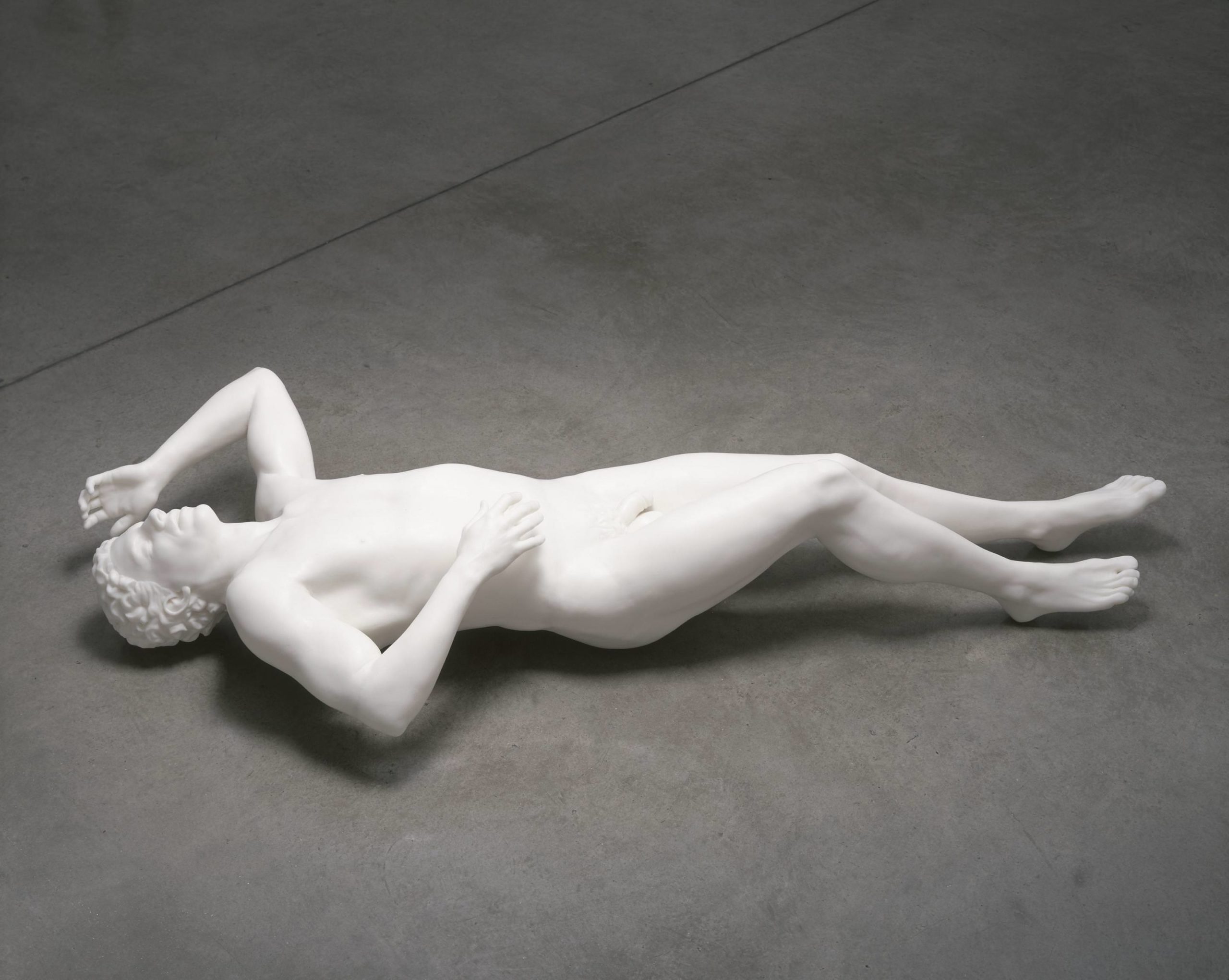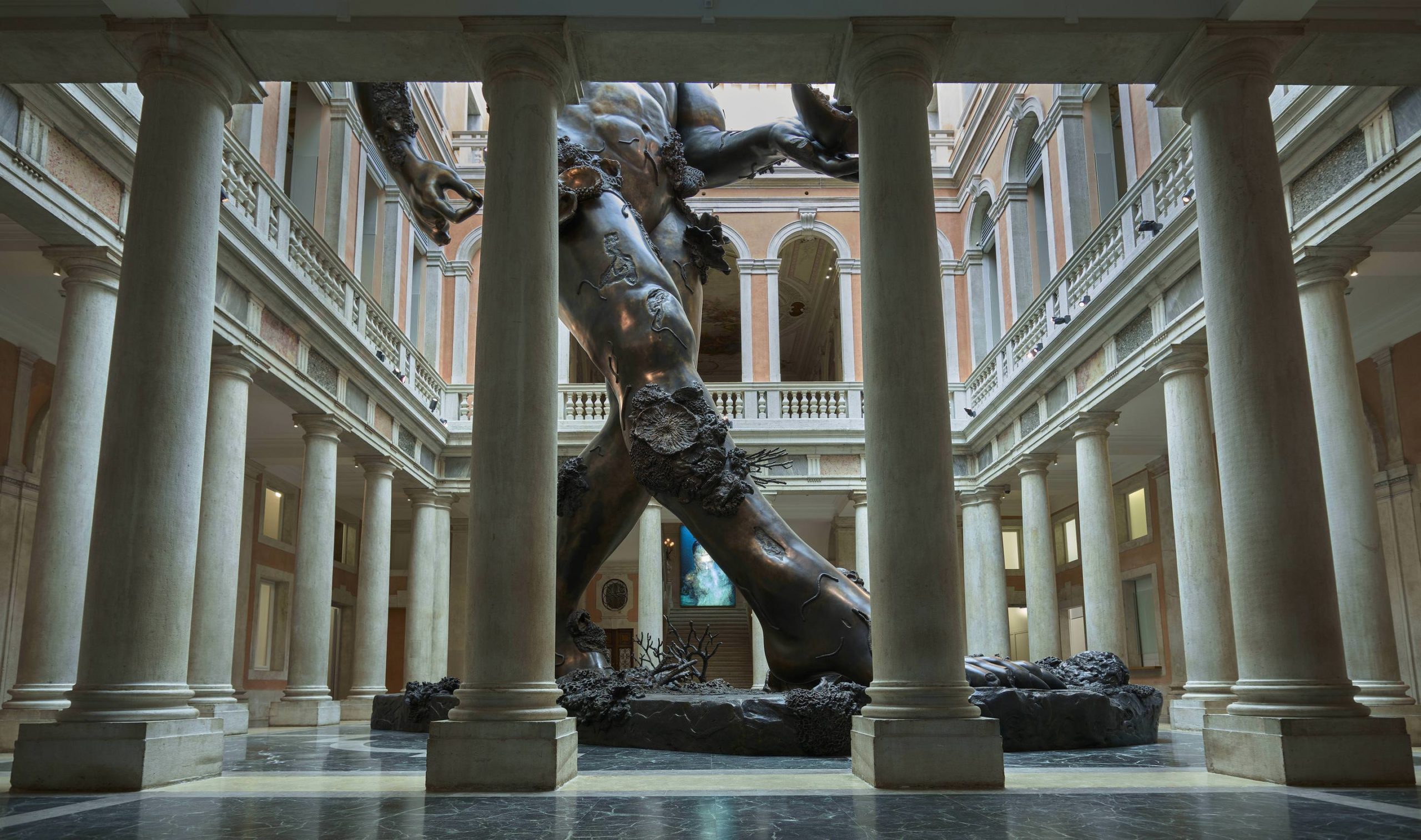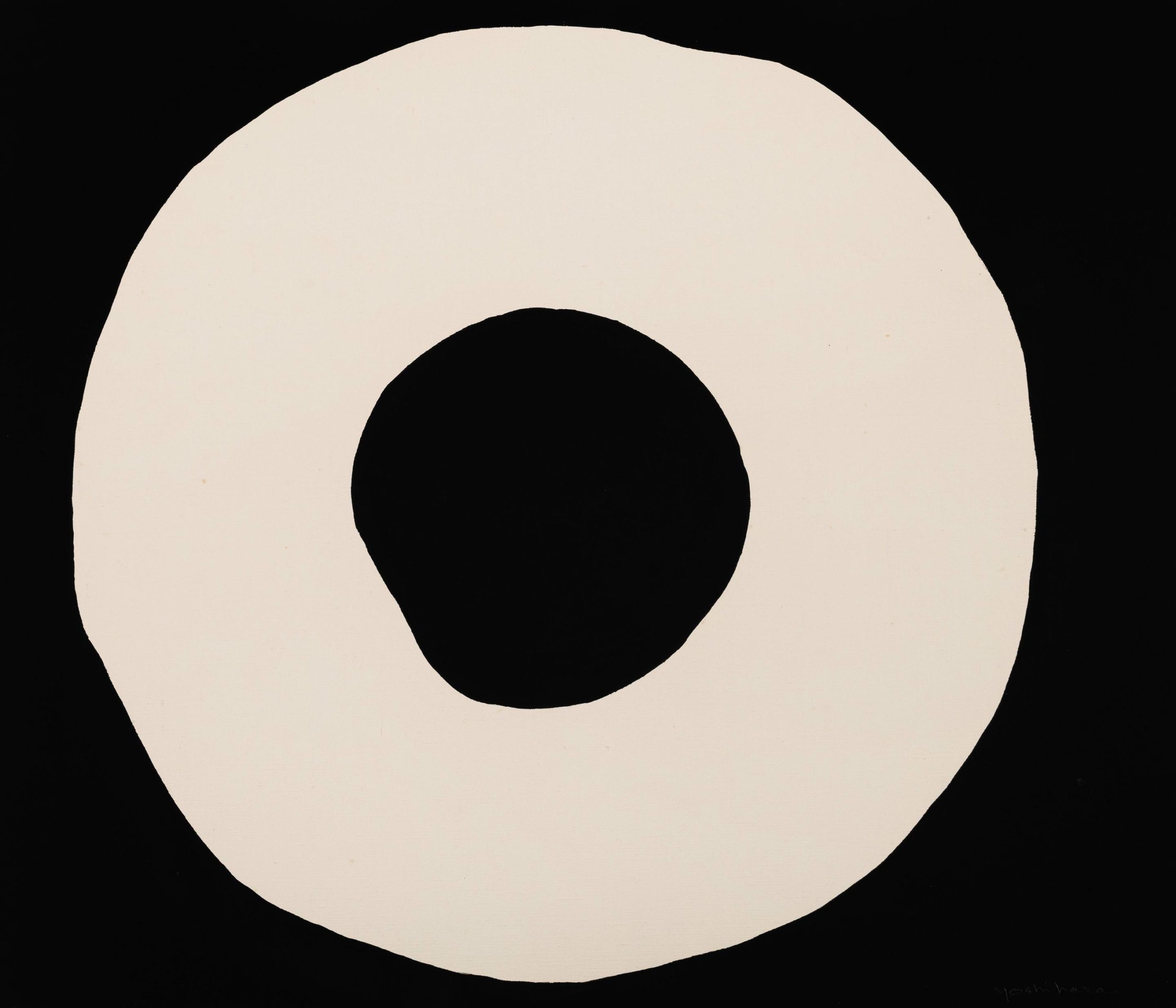The annual MTV RE:DEFINE event takes place on Friday, March 29, at The Statler in Dallas. A collaboration between the MTV Staying Alive Foundation and The Goss-Michael Foundation, this year’s gala, hosted by co-founders Joyce Goss and Kenny Goss and Merrill Lynch Dallas vice president Sami Abboud, will honor the artist Marc Quinn, a longtime supporter.
Whitewaller spoke with Quinn about his long-term friendship with George Michael, Kenny, and Joyce; his ongoing love affair with Dallas; and his major public project Bloodcube, which is set to open this year on the steps of the New York Public Library.
WHITEWALLER: Congratulations on being honored at this year’s MTV
RE:DEFINE. Can you tell us about your involvement with the organization over the years?
MARC QUINN: I’ve been involved with MTV RE:DEFINE and with Dallas for a really long time. It’s a great cause. I love the way it empowers young people to take charge of their destiny and actually be the people who are changing the world.
I’m also happy to be in Dallas because I’ve had a long involvement with the art scene there, from the early nineties when the Rachofskys bought my “Blood Head” sculpture, which is now donated to the Dallas Museum of Art. And I’ve done shows in The Goss-Michael Foundation and had various collectors in Dallas. To me, it’s a really interesting place for contemporary art and for humanitarianism.
WW: How long have you known Joyce and Kenny Goss?
MQ: I’ve known Joyce and Kenny for an awful long time. George and Kenny started to collect my work I can’t even remember how long ago, and I’ve always loved hanging out with Joyce and Kenny. Going to Dallas and doing the show was really great. We are just great friends as well as great collaborators.
WW: You have a major new project, Bloodcube, which will open on the front steps of the New York Public Library. Tell me about the initial idea behind the work. How is it inspired by the refugee crisis?
MQ: I think that it’s important for an artist to make art about the world in which we live. And during summer 2015, when we had the height of the Syrian refugee crisis with people crossing the Mediterranean in very unsafe inflatable boats, it struck me as being the biggest question of now and of the future.
I wanted to make an artwork about it. But I also wanted to make an artwork to look at, “Can artwork change the world? Can you make an artwork about a subject that actually materially changes the circumstances of the people that you are working with?” So I knew it had to be not for profit, I knew it had to try and make the situation better, and I knew it had to be collaborative. I wanted to work with refugees.
As time went on, I also wanted to make the artwork about all refugees from everywhere in the world—Venezuela, Myanmar, Mexico, Syria, Sudan. And times—Jewish refugees from the Nazis in the thirties . . .
They’re people like us who have the same hopes and dreams and aspirations, and they just happen to be unlucky enough to be born in the wrong place. It’s a massive subject and it’s a massive unwieldy thing, and I want to bring it down to a very simple image.
WW: How did you come up with that simple image?
MQ: I had this inspiration on the plane flying from China to London. I drew this initial idea of the sculpture and this cube of blood donated by several thousand people. I split it into two cubes, one donated by refugees who’ve been resettled into a Western country and one donated by non-refugees. Inside them is the content of thousands of human beings, their DNA, all the records of their migration ancestry.
I also want to give people involved a voice, a platform, and equality—so I also decided to make short films with each person. These films are part of the artwork, and they will be shown on screens around the city or place where the sculpture is being shown outdoors. Once you hear the voices of people, it’s very difficult to think of them as “other.”
And once you realize also that my blood and your blood and refugee blood are the same, it’s more difficult to think about people as “other.”
WW: Totally. How does your work on this collaborative sculpture influence your approach in the studio?
MQ: I’m making a piece that I’m doing for the MTV RE:DEFINE auction, two intertwined hands on a table. You have the mega scale of it like the Bloodcube, then you have the micro scale of just a one-on-one. It’s a good way to talk about human connection and love between people.










